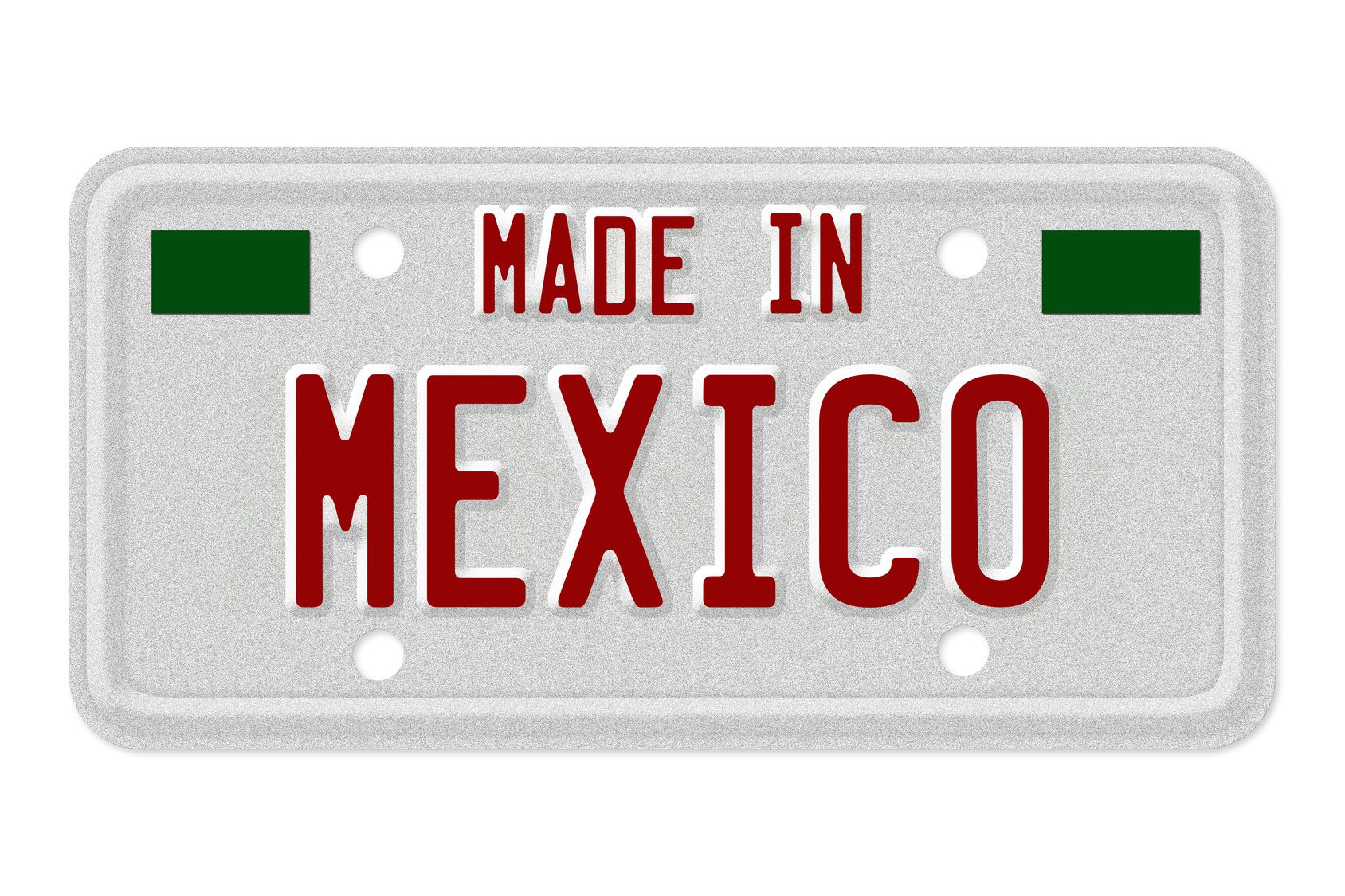The opportunities for e-commerce offered by several emerging countries, such as the BRIC, has been analyzed at length, and quite rightfully so, given their expanding economies, growing middle class, soaring disposable incomes, paired with higher internet and mobile penetration. While the opportunities coming from these transformations are plentiful, e-commerce markets in the BRIC countries also face serious challenges to their development, some of them common across all four countries, some unique to single markets.
We explore these challenges in a four-part series to understand the major roadblocks influencing growth of the e-commerce industries across Brazil, Russia, India and China.
Brazilian consumers are still relatively new to e-commerce, with current propensity to shop online often compared with the penetration rate witnessed in the US market in 2000-2001. This might seem like a small market, however, the e-commerce growth in Brazil is strong, estimated at 21% during the first half of 2012. According to AT Kearney, Brazil’s 80 million Internet users spend about US$10.6 billion online annually, the largest online spending across Latin American markets. Brazilians are expected to spend US$18.7 billion per year by 2017. These might be modest estimates, considering that eMarketer, a digital marketing portal, already forecasts that retail e-commerce sales in Brazil will grow by 14.8% in 2013, to reach US$13.26 billion. While the market appears to be poised for a very promising growth period, several challenges will continue to put a break on sudden growth.

The Challenges
-
Troublesome and bureaucratic procedures to set up and run e-commerce business – these structural problems make it difficult for local and foreign players to enter the e-commerce market (or set up a business entity in Brazil in general). Burdensome regulations and procedures mean that it might take even 6 months to establish an e-commerce entity. Further, while operating, the entities are often challenged by frequent litigations and lawsuits over variety of issues (e.g. the domain used). Even with no litigations, Brazil has a generally paperwork-heavy business environment, and this is particularly challenging in a relatively new industry such as e-commerce. All these difficulties have led to Brazil being placed at 130 (out of 150) rank in World Bank’s Ease of Doing Business in 2013 (behind countries such as Ethiopia, Yemen, Uganda, or Pakistan).
-
Inadequate e-commerce regulations – while setting up a business appears overly bureaucratic and regulated, several aspects of e-commerce operations are under-regulated, affecting clarity and smoothness of operation as well as consumer trust. Legislation is slowly, yet gradually being introduced, e.g. only in mid-2013, a seemingly basic and obvious requirement was introduced for e-commerce entities to clearly and visibly display their registration numbers, contact details, purchase terms and conditions, and customer’s rights. While this step is likely to help build customer trust, it covers just a tip of regulations necessary in the market.
-
Inadequate infrastructure affecting order delivery – the country’s weak and immature infrastructure has a negative impact on orders shipping. Brazil is a country with vast territory, and majority of transportation is done by road. The country’s road infrastructure (both city streets and highways) are in poor condition, many of them unpaved, affecting safety, delivery time as well as damaging the cargo and trucks. Overall, receiving a delivery package by a customer located outside of major Brazilian cities stretches to a week at a minimum, with frequent cases of customer complaints about packages not arriving within two weeks or more.
-
Underdeveloped shipping and delivery services – while delivery services are available, many of them are provided by small, often family owned companies, that have limited coverage area and lack parcel tracking systems, thus there is generally inadequate availability of reliable courier services. The government-owned national post, (Empresa Brasileira de Correios e Telegrafosand), does not commonly offer parcel tracking options, inviting fraud, and is considered unreliable and slow.
-
High taxes and complicated tax structure – issues with taxes are often placed amongst top challenges of e-commerce in Brazil. Taxes are high and numerous, which significantly increases overall costs – duties, taxes and fees can double the original price of a product, and can vary considerably depending on product category. Payroll taxes in business innovation sectors reach even 80%. It is estimated that on average, business owners and executives spend 30% of money and 50% of time on dealing with tax-related issues. Further, complex tax structure drives added costs for lawyers and accountants compensation in order to navigate through various issues with the tax regulators and facilitating tax differences between Brazilian states (as there is no uniform tax across the country).
-
Insufficient talent availability – Brazil’s expanding e-commerce market creates jobs that are difficult to fill, given the shortage of qualified workers, people with e-commerce experience or at least an understanding what a particular e-commerce job entails, e.g. e-commerce web designers, experienced IT and business process professionals or high-quality, competent customer service specialists. The lack of good customer service acts as a deterrent to customer base growth, as according to McKinsey’s Consumer and Shopper Insights from July 2012, Brazilian shoppers who no longer shopped online listed previous bad experience with customer service amongst key reasons for turning away from online purchases.
-
Online payment security concerns – the lack of trust amongst Brazilian consumers towards safety of online purchases and transactions, deters many of them from buying online and using internet banking in general. Therefore, the predominant payment option that is currently used and preferred by customers is the ‘boleto bancario’, a code receipt that is generated on the website during the purchase, printed by the online shopper and later taken physically to a bank or a post office where the payment for the purchase is made. On the one hand it allows to satisfy consumers concerns about payment safety and to tackle the issue of many users not having credit cards or internet-purchases enabled debit cards. On the other hand, however, it is contrary to the very concept of shopping online (i.e. without the need to physically go to the shop), and extends the entire process of completing the purchase. Further, in order for e-commerce entity to offer ‘boleto bancario’, it should be led by a Brazilian citizen or at least in partnership with a Brazilian citizen. While foreigners can fulfil prerequisites of offering ‘boleto bancario’, the process of filling those requirements is lengthy and difficult, especially when compared with PayPal functioning in several other markets.
-
Installments shopping culture – Brazilian customers are used to, and hence expect payment options that allow for multiple and no-interest instalments or delayed payment options, resulting in e-commerce entities requiring higher working capital to finance purchases while the customers’ payments for current purchases are received after several weeks. Further, bank involvement to handle the instalments increases costs for online retailers, since bank receives a commission (which is not paid by customers as their instalments are zero-interest).
-
Language barrier – while this challenge might not be of particular relevance to domestic start-ups, international online retailers find it demanding that the entire e-commerce experience must be provided in Portuguese, and that having previous experience in Spanish-speaking market does not automatically make it easy in Portuguese, as these are two different languages (though western parts of the country have considerable base of Spanish-speaking consumers). This pertains to everything from language used on the online store interface, entire customer service, as well as the fact that many local IT and programming specialist speak only Portuguese (with extremely limited English), making it difficult for foreign start-ups to simply copy their experience and solutions to the Brazilian market.
While there are several challenges that currently undermine the growth potential of e-commerce in Brazil, the gradual changes in regulatory environment, customer service and improvement in infrastructure should positively influence the demand for e-commerce services in the future.







